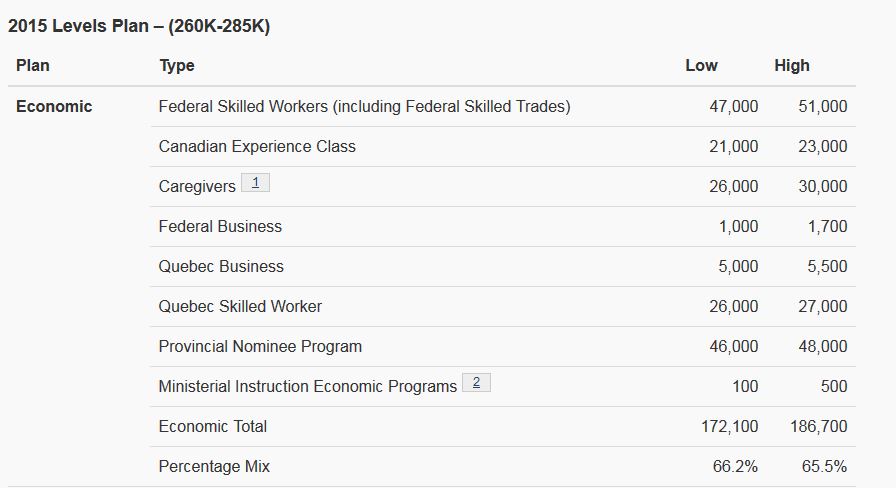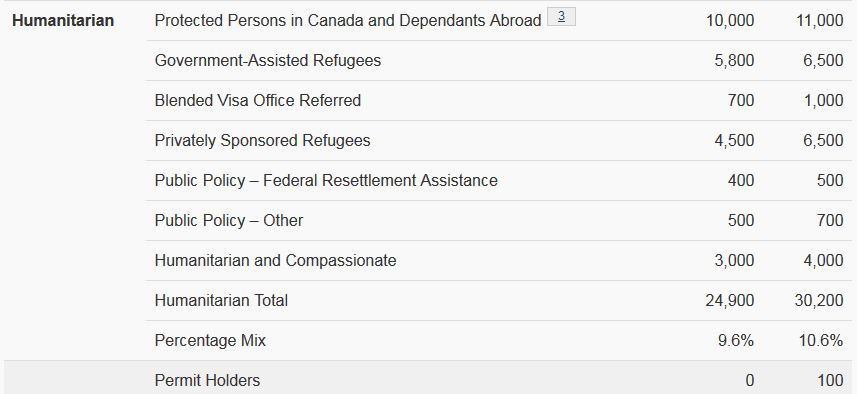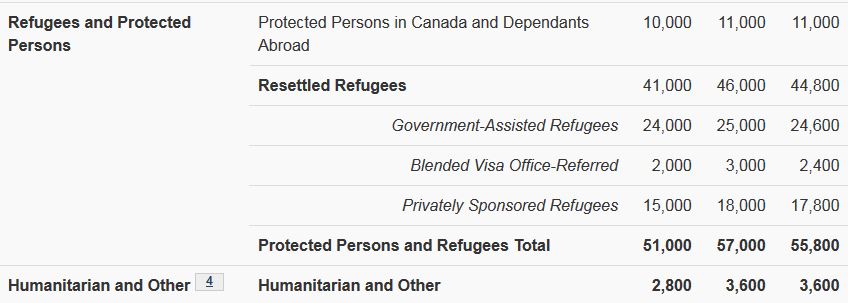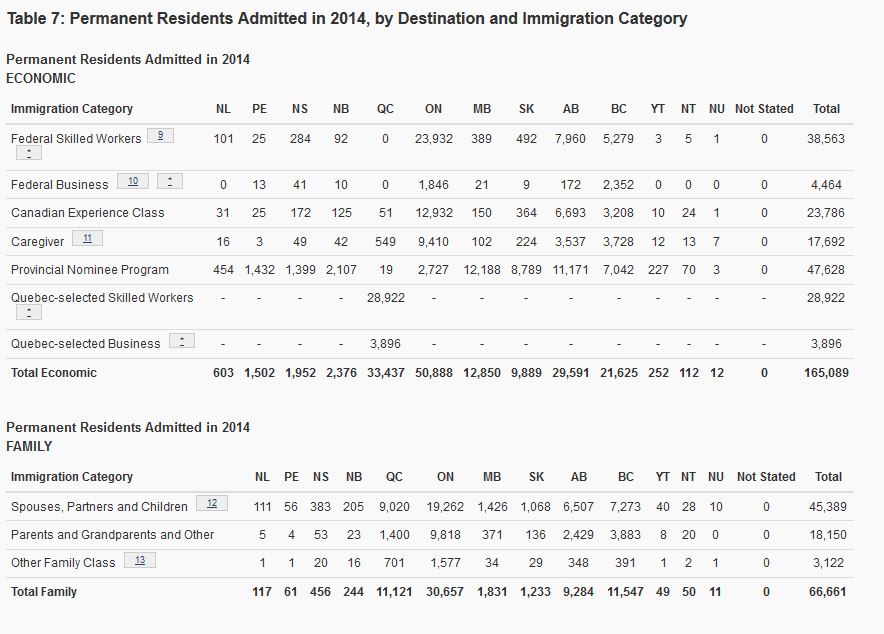In what can be considered the equivalent to the immigration law version of draft lottery day, the IRCC has released it’s projected numbers of permanent resident applications processed in 2016.
The report/background begins by laying out how this year’s targets differs from last year’s targets:
Economic Immigration Targets
One of the first things you notice is that the targets reflect a lowering of the the total of proposed economic immigrants from 181,300 to 160,600.
The proposed 2015 (last year’s) Levels Plans for Economic Immigration were this:
The 2016 (this year’s) Level’s Plan proposes the following with respect to Economic Immigration.
Interesting, where the major drop appears to be is in the Express Entry- eligible categories of Federal Skilled Worker + Canadian Experience Class, amalgamated in the 2016 levels plan as Federal Economic – High Skilled.
The drop in numbers there is at around 25,600, a sizable amount. What this may mean (although not inherent in the numbers), is there is still a large backlog to be processed of existing Express Entry and old Canadian Experience Class/Federal Skilled Worker inventory.
What I suspect this will mean for Comprehensive Ranking Scores is that they will not dip below 400 threshold in this year. Again, when the program was created, it was estimated that it would decrease to somewhere in the 300’s which has yet to occur.
Family Immigration Targets
The second thing you notice is a corresponding increase in the number of family class applicants, the source of which will become clear.
The 2015 (last year’s) targets were as follows:
The 2016 (this year’s) targets are this:
It is interesting, that with the debate on whether the Parent and Grandparent Class should continue to exist or be replaced by 10-year multiple-entry, the proposed intake stays the same (and as only 10,000 were processed last year) will ultimately increase.
The increase in Spouses, Partners, and Children is welcome, but for many the real crux of the issue – the lack of short-term options for sponsored spouses and the length of processing times, don’t appear to be answered by having an increased number of processed applications. Those solution will have to come from other means and policy instruments.
Humanitarian Immigration Targets
What is perhaps most interesting is the way humanitarian levels have been reclassified and expanded since 2015’s Levels Plan.
2015
2016
However, doing the path it really amounts to a significant increase in the number of Resettled Refugees. Protected Persons and Dependents do not change. Neither is their any significant change – other than to public policy exemptions and a minor decrease to “Humanitarian and Other”.
In light of the Kanthasamy v. Canada (Citizenship and Immigration) 2015 SCC 61 decision, it will interesting to see how decreasing the non-refugee inputs will affect long-term wait-times in an already backlogged H&C category.
Targeted Acceptance vs. Actual Admittance
Do keep in mind that these reflect targets rather than actual numbers. It will be interesting to see later on how close the Government was last year and will be this year in meeting those targets. This information may not come out (for 2015) until a year from now, similar to how Table 7 of the 2016 Annual Report Plan lays out the numbers of permanent residents admitted in 2014.
Of course, this takes into account individuals that may take several years to obtain permanent residency so I don’t know if there’s an accurate way to determine if the targets for a specific year were indeed met.
I think we’re all eager to see how this plan plays out in practice!








